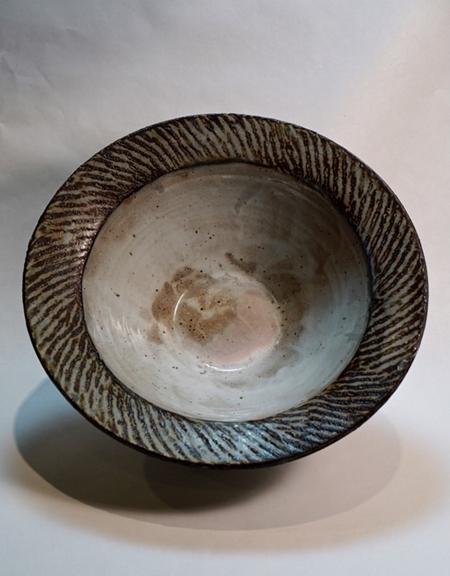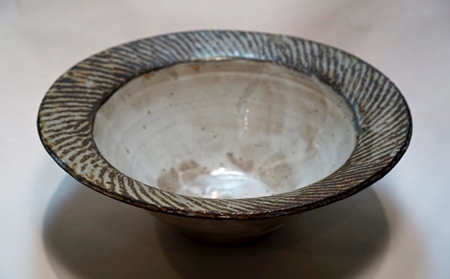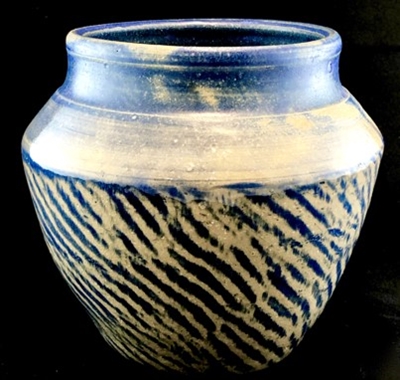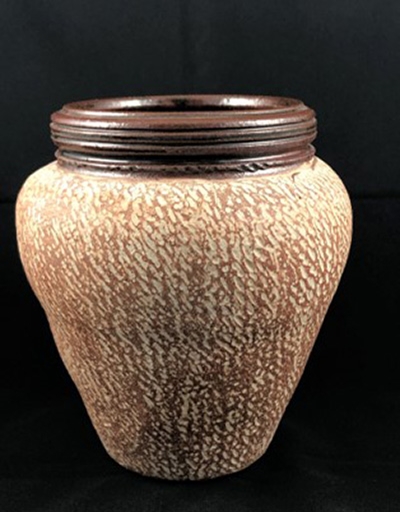Richard Towbin, MD, FACR
Slip Inlay Technique for Ceramics
I have been a wheel potter since the mid-1970s. My interest began when I was a third-year medical student. The pottery studio was a short walk from my apartment. My wife, who is an artist, began taking evening lessons to pass time while I was studying. I would pick her up at 10pm to walk with her back home.
As time passed, I became increasingly interested in the process of wheel throwing. Eventually, I would arrive to the studio earlier and earlier to watch the lessons. The owners of the studio, Joyce and Jessie, spoke with me about clay and how to work with it. They offered me the opportunity to try the wheel and see how I liked it.
From the beginning, I enjoyed working with clay and soon signed up for lessons and studio time. Between my third and fourth year of medical school, I used that quarter off to work daily at the ceramics studio where I created vases, bowls, plates, teapots and other wares … and over time, I became increasingly skilled.
Jessie and Joyce taught me many new techniques along with a few professional potters who worked intermittently at the studio during the day. Over the years, and in the various cities I have lived, pottery studios allowed me to make pots as time permitted. To date, I have had a 45-year love affair with making wheel-thrown vessels.
In September 2000, my wife and I were in San Diego for a wedding. While there, we had a chance to visit the Mingei International Museum and saw an exhibit by a Japanese Master Potter named Tatsuzō Shimaoka that forever changed the way I want to decorate my wares.
Shimaoka uses a decorative technique that he called rope-impressed inlay. His process is based on impressing pre-fired, soft clay vessels with rope to create patterns in the clay. The clay is then coated with a colored liquid clay called slip. When the slip is dry, it is scraped from the high points of the impressed design.
Next, the pot is fired for the first time (bisque firing), followed by a glaze that is placed over the entire pot, and then the pot is fired again (glaze firing). This process creates intricate and beautiful multicolor designs. In my work, I mainly use rope to impress the clay but I also utilize other materials such as pinecones, shells and incised stamps to make textural marks in the clay. See the photos below for examples of my work.
 Stoneware bowl; slip inlay decoration of rim using rope; white glaze inside. |
 |
 Blue slip on rim; rope inlay and white glaze on body. |
 White slip inlay with pine cone, followed by black-brown glaze on rim. |